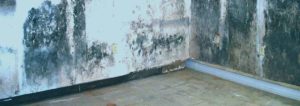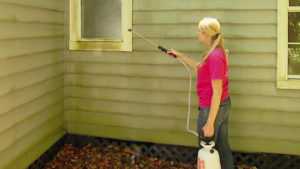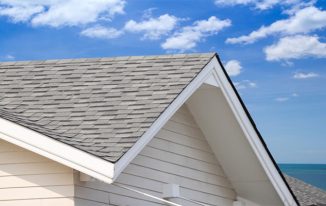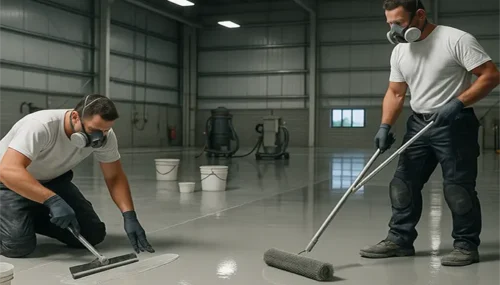
The residential insurance covers mold destruction if the damage was occurred by a covered hazard. If the peril is not covered the insurance carrier will not resolve the damage. Like any other residential claim, immediately contact your insurance carrier company to file a claim for mold. If you don’t know that your policy covers the mold claims or not, contacts your insurance company for detail. Following are the tips are given by Public Adjusters for Mold to prevent the growth.
Tips to prevent molds:
The molds are formulated and extents rapidly, therefore, it’s essential to stop mold by decreasing the humidity in your house.
Following are the tips to avoid and control the growth of the mold:
1. Reduce moisture levels
2. Quickly fix drippy ceilings, pipes, and windows
3. Carefully clean and do away with water after overflowing
4. Ventilate bathroom, laundry rooms, and kitchen areas
5. For growth, a mold needs food source and humidity. The mold food sources are drywall, carpeting, mattresses, and insulation etc. A mold flourishes at a place where the temperature is high with humidity, these places includes appliances hoses, leaky pipes, basements, and attics etc.
Filing a mold damage claim:
Mold develops instantly, therefore, take pictures and the end the source of the leakage and clear the water before contacting the insurance company. You must immediately call the insurance carrier and be on the go to fix and resolve the issues to stop further harm.
Here are some steps defined by Public Adjusters for Mold in Boca Raton, FL for filing the mold damage claim:
1. Stop the leakage. You should disconnect the main water line to your house if the pipe or patch hole if there is leakage from the rooftop.
2. Dry up the water with a wet vacuum or mop. If there are masses damaged and need to be cleaned, call the experts to remove water.
3. Take away the carpets, insulation and other stuff that can pull together the water and become the source for the growth of mold.
4. Ventilate the area, open the doors and windows; turn on the fans to dry the place.
5. You must wash the place carefully. Clean with a non-ammonia cleaner and water, you can clean glass, metal, plastic, and wood. Brush out the rough places i.e. concrete. Sanitize the place with bleach and water. Make sure not to add bleach in ammonia or other cleaners. You must wear eye protection and gloves.
6. Contact the insurance company or the public adjusters with all the essential information regarding the damages, tell them what happened and you have done to clear the area. Take pictures and document the places that are damaged, when have you bought them and have you paid.
7. Don’t throw away the damaged material until that insurance company inspects your area. An adjuster might be interested to see the damaged things. Keep them away in garage etc. to avoid the spread of mold.
If your health is at risk, move out of your home until the mold is eradicated and ask about the additional living expense your residential insurance is going to pay you.








